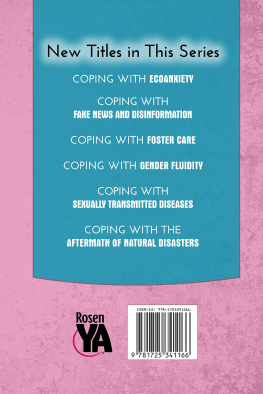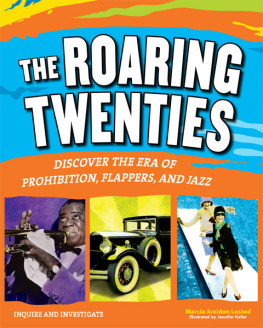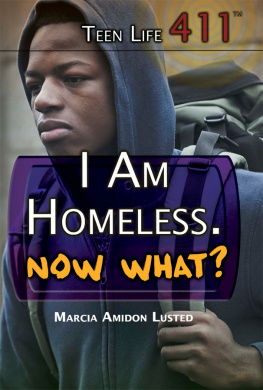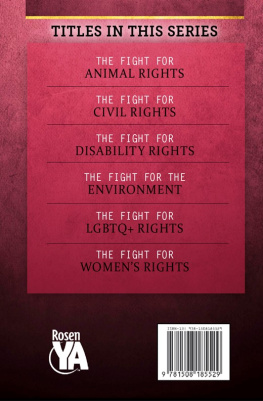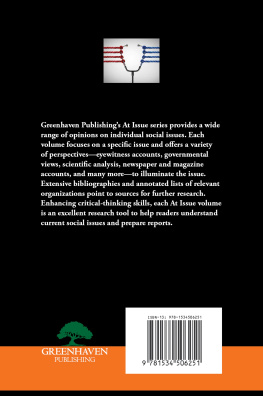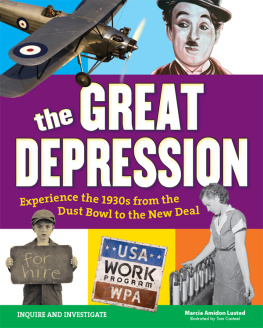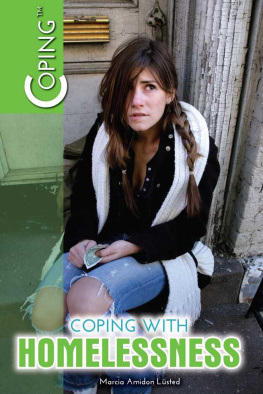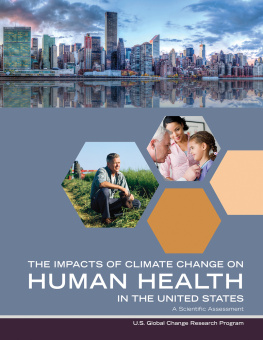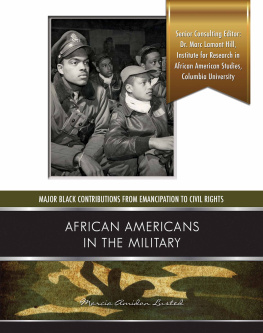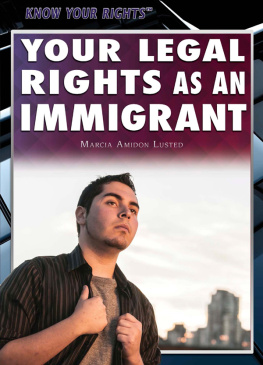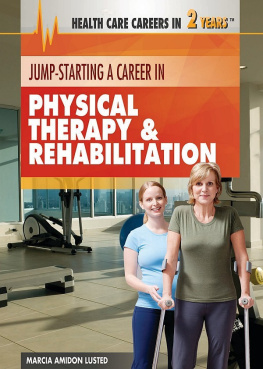
To all the young people who are working hard to save both the planet and their futures.
Published in 2020 by The Rosen Publishing Group, Inc.
29 East 21st Street, New York, NY 10010
Copyright 2020 by The Rosen Publishing Group, Inc.
First Edition
All rights reserved. No part of this book may be reproduced in any form without permission in writing from the publisher, except by a reviewer.
Library of Congress Cataloging-in-Publication Data
Names: Lusted, Marcia Amidon, author.
Title: Coping with ecoanxiety / Marcia Amidon Lusted.
Description: First edition. | New York: Rosen Publishing, 2020. | Series: Coping | Includes bibliographical references and index.
Identifiers: LCCN 2019009329| ISBN 9781725341173 (library bound) |
ISBN 9781725341166 (pbk.)
Subjects: LCSH: Environmental psychologyJuvenile literature. | Climatic changes
Psychological aspectsJuvenile literature.
Classification: LCC BF353.5.C55 L87 2020 | DDC 155.9/15dc23
LC record available at https://lccn.loc.gov/2019009329
Manufactured in the United States of America
On the cover: It seems like every day the media reports more bad news about climate change. The ecoanxiety this causes is becoming more common and severe.
CONTENTS
INTRODUCTION
O n October 29, 2012, Hurricane Sandy swept onto the northeastern coast of the United States. Its winds reached 80 miles per hour (128.7 kilometers per hour), classifying it as a Category 1 storm. Sandys storm surge devastated coastal states, stretching from Florida to Maine. New Jersey, New York, and Connecticut were among those states most affected. Residents were trapped in flooded homes and had to be rescued to survive. Infrastructures were at the mercy of the dangerous hurricane. In New York City, the storm surge flooded subway tunnels, low-lying streets, and electrical systems. Skyscrapers swayed in the high winds, and a ship ran aground on Staten Island. As a result of Sandys destructive force, 117 Americans died and 200,000 homes were damaged. Not only was Sandy one of the most expensive storms in US history, but it also contributed to a pattern of increasingly dangerous storms brought about by climate change.
According to Molly S. Castelloes article on PsychologyToday.com, the International Psychoanalytical Association (IPA) labeled climate change as the biggest global health threat of the 21st century. As the world experiences the results of this threat, many people realized how vulnerable they could be to changing climate conditions. These concerns, if they become more frequent, can lead to a form of anxiety known as ecoanxiety. In general, anxiety is the prolonged fear that something bad is or will happen. Ecoanxiety is the chronic fear that ongoing human development and pollution will cause global catastrophes, such as floods, heat waves, extreme weather patterns, species extinction, famines, and human migration. Results from these catastrophes could cause communities to suffer, unable to live safely, grow food, and raise the next generation. Those with ecoanxiety believe that climate change will lead to the final destruction of mankind. These thoughts, feelings, and beliefs manifest themselves in a long list of mental and physical reactions. Symptoms are unique to each individual. They can include physical pain, irritability, panic attacks, loss of appetite, insomnia (also known as habitual sleeplessness), nightmares, unexplained weakness, and depression. Triggers, which are reminders of a past trauma, can cause those with ecoanxiety to weep or grow angry when faced with negative news regarding negative effects on the environment. Examples include the extinction of a species or the melting of the polar ice caps. Sufferers could also feel hopeless, thinking their efforts are too minimal to turn things around for the better.
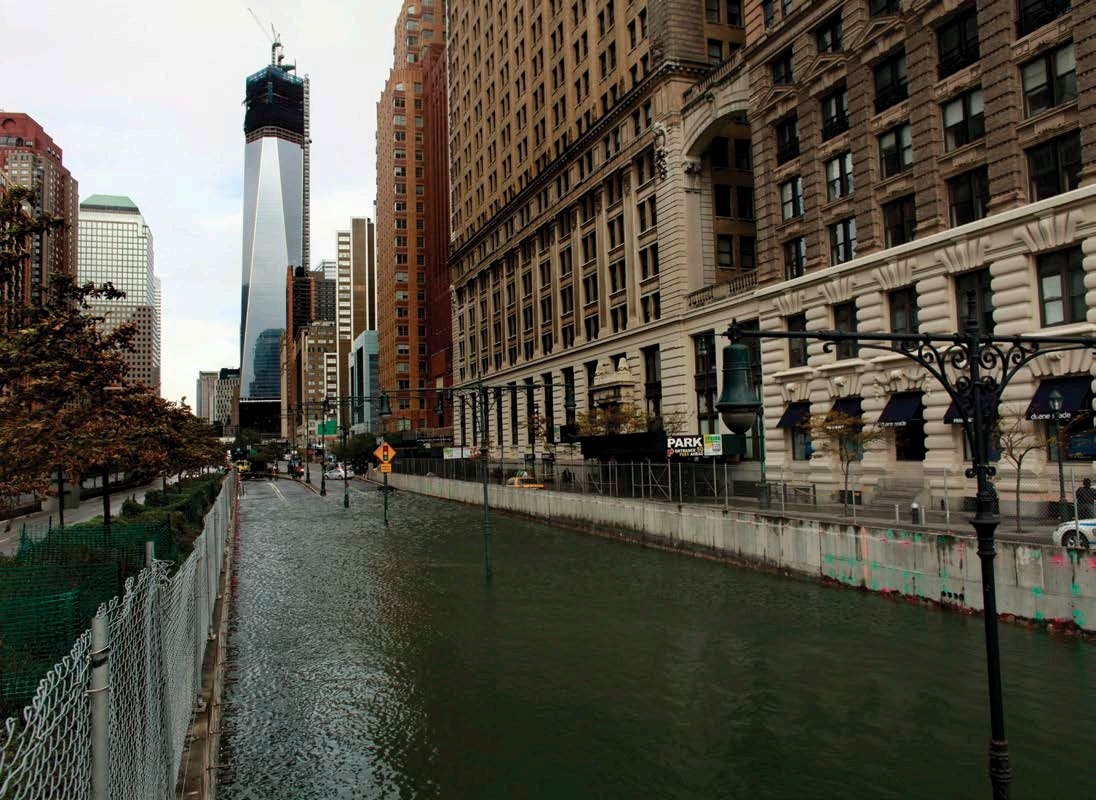
In 2012, the BrooklynBattery Tunnel in New York City was flooded from a tidal surge caused by Hurricane Sandy. Other parts of the city were overcome with floodwaters and debris.
As natural disasters increase in number and severity, so do the cases of ecoanxiety for the worlds population. Mental health care professionals are devoting research and resources to better understand this condition. Individuals of all ages are also learning how to recognize and cope with ecoanxiety. They reach out to community members, policymakers, and influential organizations to join them in taking steps to take action beyond the fear and build a better future for our planet.
CHAPTER ONE
A Warming World
A ccording to UNFCCC.int, the Paris Climate Agreement of 2016 called upon all nations to combat climate change and to accelerate and intensify the actions and investments needed for a sustainable low carbon future. World leaders from the 55 countries that were responsible for 55 percent of the worlds carbon emissions signed the agreement, and it has since been ratified by 129 additional countries. The agreements goal, as noted by UNFCCC.int, was to:
strengthen the global response to the threat of climate change by keeping a global temperature rise this century well below 2 degrees Celsius [3.6 degrees Fahrenheit] above pre-industrial levels and to pursue efforts to limit the temperature increase even further to 1.5 degrees Celsius [2.7F].
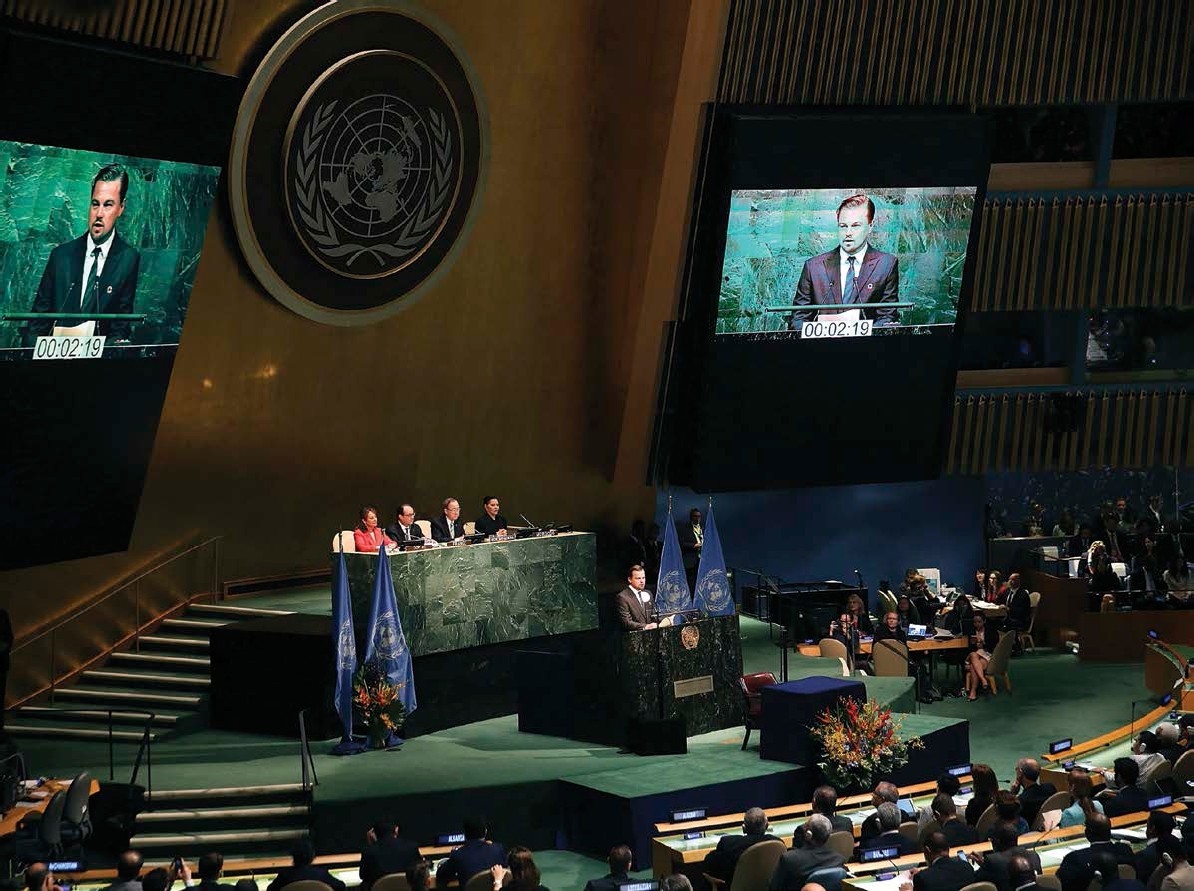
On April 22, 2016, actor and climate activist Leonardo DiCaprio spoke at the United Nations signing ceremony for the Paris Agreement.
Additionally, the agreement aims to strengthen the ability of countries to deal with the impacts of climate change.
It is important to note the difference between the Celsius temperature scale, a part of the metric system that is used by the majority of the worlds nations, and the Fahrenheit temperature scale that is used in the United States and a handful of other nations. Both measure temperature but require conversion for comparison. To convert Celsius to Fahrenheit, multiply the temperature by 1.8 (or 9/5) and add 32. Boiling water (at normal pressure) measures 100C and 212F. As it freezes, the water measures 0C and 32F.
After the Paris Agreement, the United Nations Framework Convention on Climate Change (UNFCCC) turned to the Intergovernmental Panel on Climate Change (IPCC) to assess the science related to climate change. The UNFCCC commissioned the IPCC to draft an important report known as the Global Warming of 1.5C. The 2018 report addressed the consequences of a warming planet, stating that the effects of human behavior were very real and very visible. The report urged communities around the world to take drastic measures to limit increasing temperatures. While most countries agreed in 2016 to limit global warming to just 2C above the planets temperature in the days before the Industrial Age, which began in the eighteenth century and ended in 1840, the report insisted that global warming be limited to an even smaller increase of just 1.5C. Written in scientific language, the report stated that limiting global warming to 1.5C would require rapid, farreaching and unprecedented changes in all aspects of society, as noted on IPCC.ch. According to ScienceDaily.com, Panmao Zhai, part of the IPCC group that helped write the report, said, One of the key messages that comes out very strongly from this report is that we are already seeing the consequences of 1C of global warming through more extreme weather, rising sea levels and diminishing Arctic sea ice, among other changes. The report made it clear that limiting global warming to 1.5C, instead of 2C as previously attempted, would make a tremendous difference. Every extra bit of warming matters, especially since warming of 1.5C or higher increases the risk associated with long-lasting or irreversible changes, such as the loss of some ecosystems, said Hans-Otto Prtner, another IPCC scientist, as noted by ScienceDaily.com.
Next page
